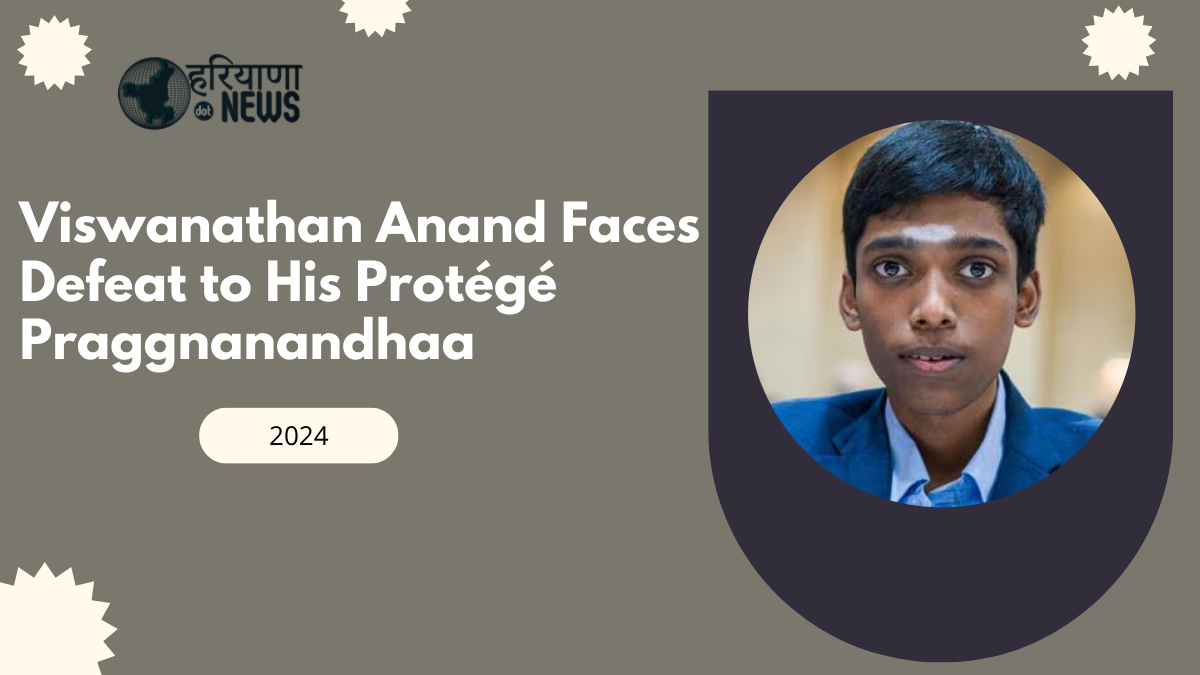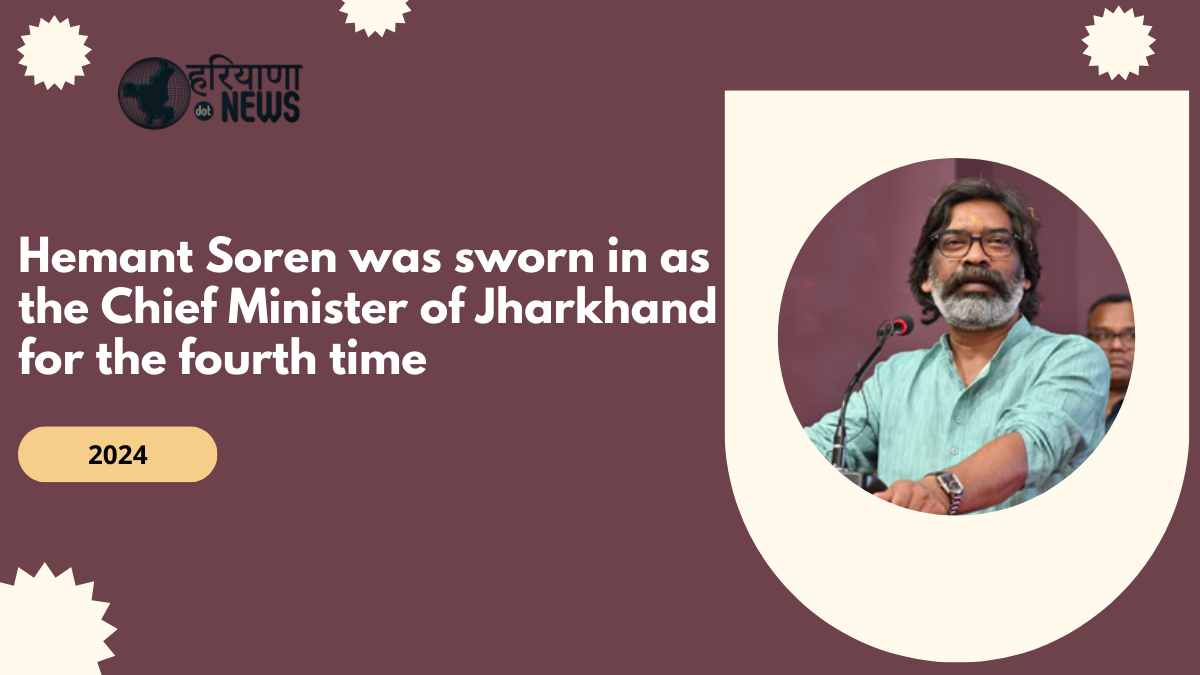In a monumental encounter, 19-year-old Praggnanandhaa triumphed over his mentor, chess legend Viswanathan Anand, during an Armageddon match at the WR Masters, symbolizing a significant shift between generations in Indian chess.
Viswanathan Anand Faces Defeat to His Mentee
Bengaluru: The year was 2018, and during Round 6 of the Tata Steel Chess India blitz event, a young 13-year-old Praggnanandhaa faced off against the experienced, five-time world champion, 48-year-old Viswanathan Anand. This was their first competitive match in a tournament, and the game quickly became one of the most-watched chess videos on YouTube, highlighting a remarkable generational duel.
In that same year, Praggnanandhaa, at 12 years, 10 months, and 13 days old, had earned the title of the second-youngest Grandmaster (GM) in history, just behind Sergey Karjakin. By the time the Tata Steel event in Kolkata took place, he had slipped to the third-youngest as Uzbekistan’s Javokhir Sindarov overtook him. Coincidentally, one of Praggnanandhaa’s first victories in Kolkata was against Karjakin, making it a memorable milestone for the young player.
During the 2018 encounter, despite being only 13, Praggnanandhaa showed courage and skill playing with the White Pieces. However, Anand skillfully managed to neutralize any threats posed by the youngster. Anand went on to defeat another prominent player, Hikaru Nakamura, in the playoff to claim the Tata Steel blitz title. This victory came less than a year after Anand had secured the world rapid chess championship. At that time, Anand was still an active player, and India had 54 Grandmasters. Fast forward to today, Anand has taken on a more mentorship role, guiding rising stars like Praggnanandhaa and Gukesh, as India now boasts 85 Grandmasters.
The Latest Clash Between Mentor and Mentee
On Tuesday, after six long years, Anand and Praggnanandhaa once again faced each other, this time at the WR Masters quarter-finals in London. It was their first classical format match, adding to the significance of this moment. Both of their classical games ended in draws, though Anand had some chances in the first game, which Praggnanandhaa managed to defend successfully. In the second game, Anand focused on defence, leading to a final showdown in the Armageddon phase.
In Armageddon, Praggnanandhaa had 10 minutes on the clock, while Anand, playing with the Black pieces, had a little over 6 minutes. Anand only needed a draw to advance to the semi-finals, while Praggnanandhaa was in a must-win situation. The young player opted for the Scotch opening, a less common choice derived from an 1824 correspondence match between Edinburgh and London (1.e4 e5 2.Nf3 Nc6). Praggnanandhaa’s goal was to put immediate pressure on Anand, who had less time to react, especially since their match had already been ongoing for over 12 hours.
 How India vs Australia Became Cricket’s Greatest Rivalry in the Modern Era
How India vs Australia Became Cricket’s Greatest Rivalry in the Modern Era
 Rishabh Pant Dismisses Sunil Gavaskar’s Claims, Suggests Issues with Delhi Capitals Before IPL Auction: “Not About Money”
Rishabh Pant Dismisses Sunil Gavaskar’s Claims, Suggests Issues with Delhi Capitals Before IPL Auction: “Not About Money”
 Australia Legend Worried Rohit Sharma’s Captaincy Might be Threatened if Jasprit Bumrah Leads India in First Test
Australia Legend Worried Rohit Sharma’s Captaincy Might be Threatened if Jasprit Bumrah Leads India in First Test
 KL Rahul Finally Addresses Viral Dugout Incident with LSG Owner Sanjiv Goenka
KL Rahul Finally Addresses Viral Dugout Incident with LSG Owner Sanjiv Goenka
 Kohli and Bumrah’s Absence at India’s First Perth Training Session, Amid Heightened Security
Kohli and Bumrah’s Absence at India’s First Perth Training Session, Amid Heightened Security





Praggnanandhaa soon took control of the game, establishing a solid position with his rook placed strategically on the open b-file. He also gained a powerful diagonal for his dark-squared bishop, threatening Anand’s King. With his rook advancing on the h-file and capturing Anand’s pawn, Praggnanandhaa prepared for a decisive attack while Anand struggled to find any adequate counterplay. The checkmate threat came closer with 22. Qc3 and Anand were out of defensive options.
A Changing Era in Indian Chess
The chess landscape in India has dramatically evolved over the last six years. Players like Arjun Erigaisi and Gukesh have joined the ranks of the world’s top five. Although Anand now only competes in a few tournaments each year, focusing more on his role as FIDE’s deputy president, he remains one of the world’s top players, currently ranked No. 11 with a rating of 2751. Praggnanandhaa, with a rating of 2746, follows closely at No. 12. Last month, India made history by winning both the open and women’s Olympiad gold medals, and in November, for the first time, an Indian player not named Anand will compete in the World Chess Championship.
After a hard-fought day and 26 moves in Armageddon, Anand offered his hand in resignation to Praggnanandhaa with a smile. This moment was more than just a loss for Anand; it was a symbolic victory for the legacy he had built. Over the past four decades, Anand has inspired a new generation of fearless, talented players who are now carrying forward his chess revolution. His defeat to one of his own students marks not just the end of an era but the celebration of his enduring impact on Indian chess.
Click here to know more.






